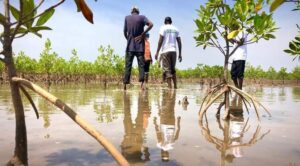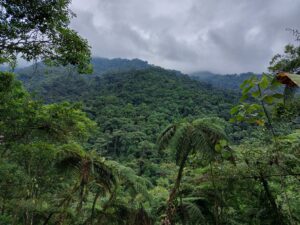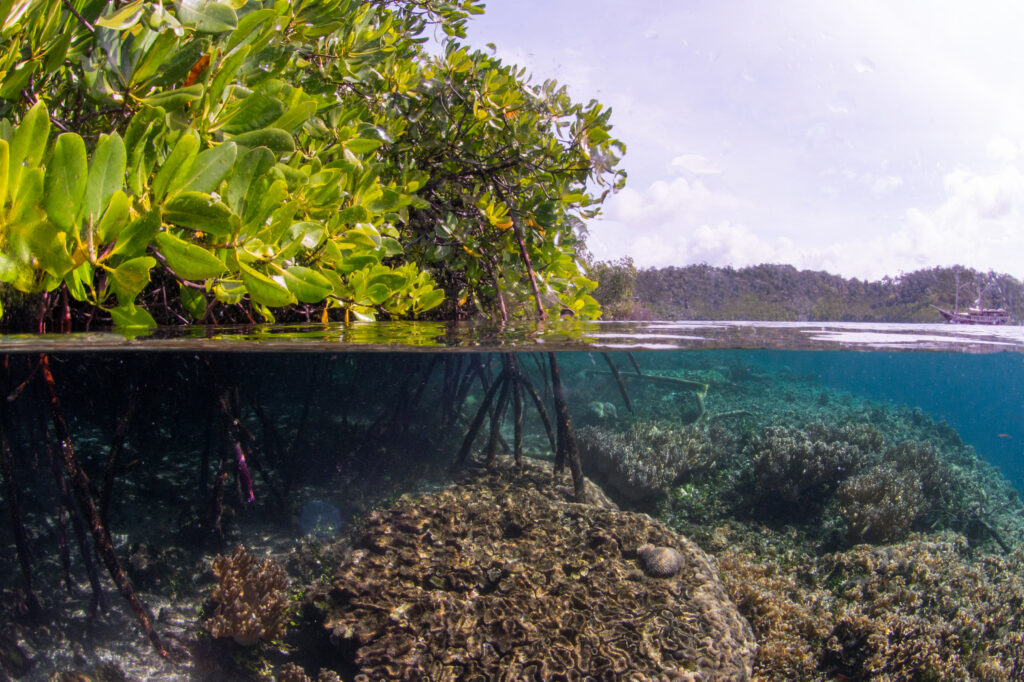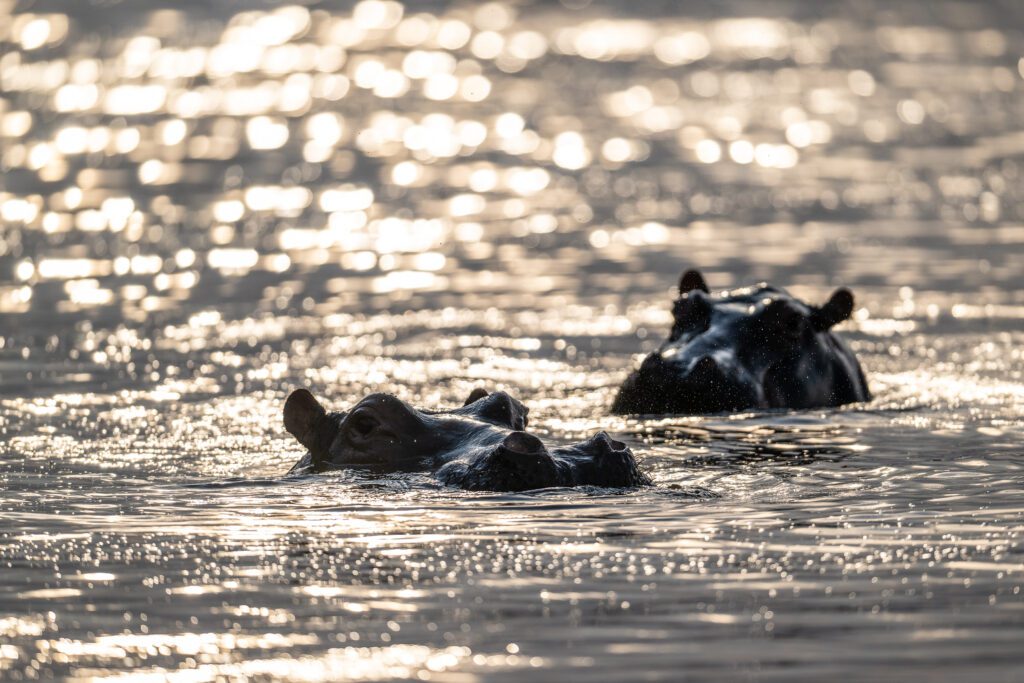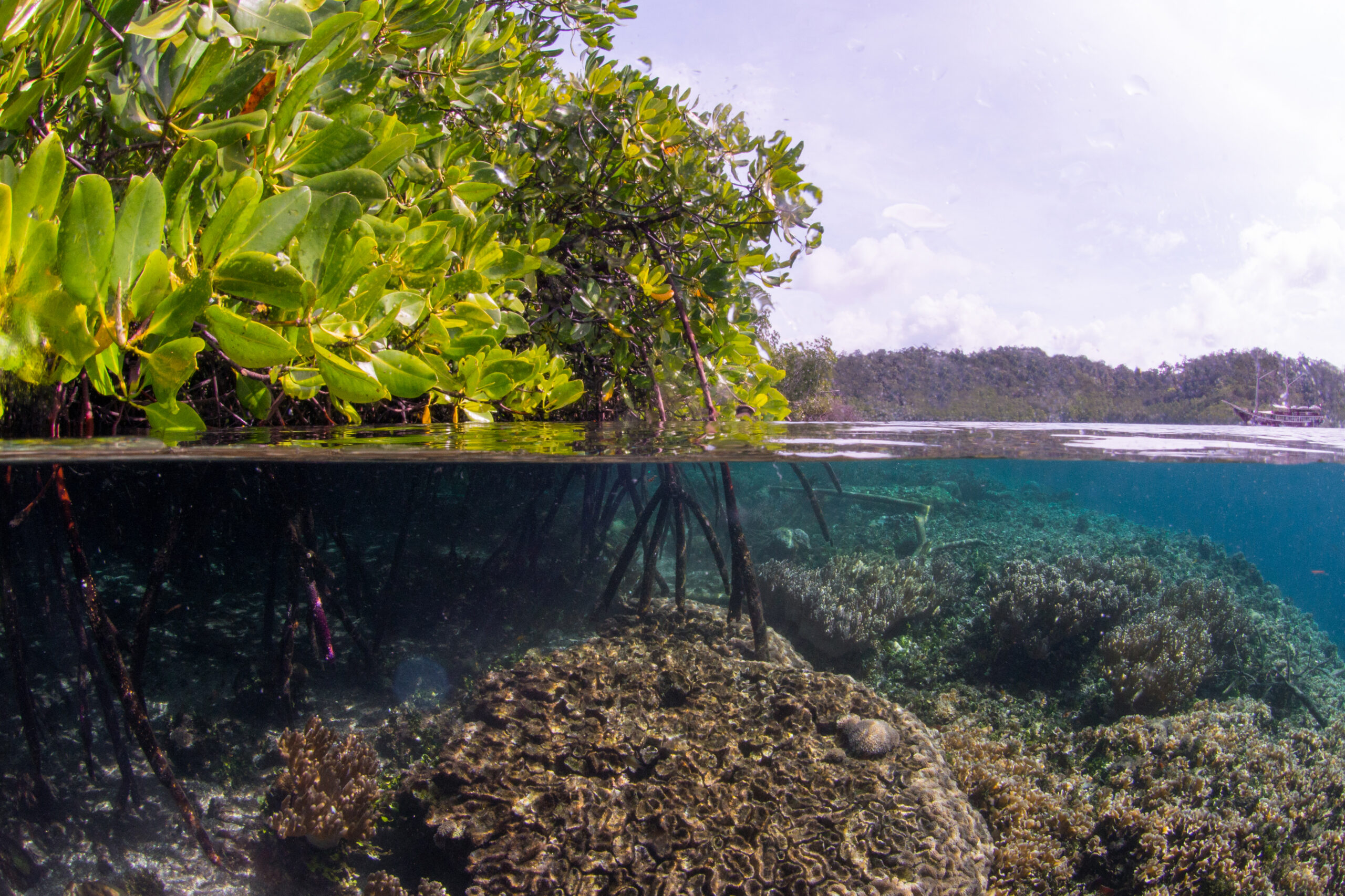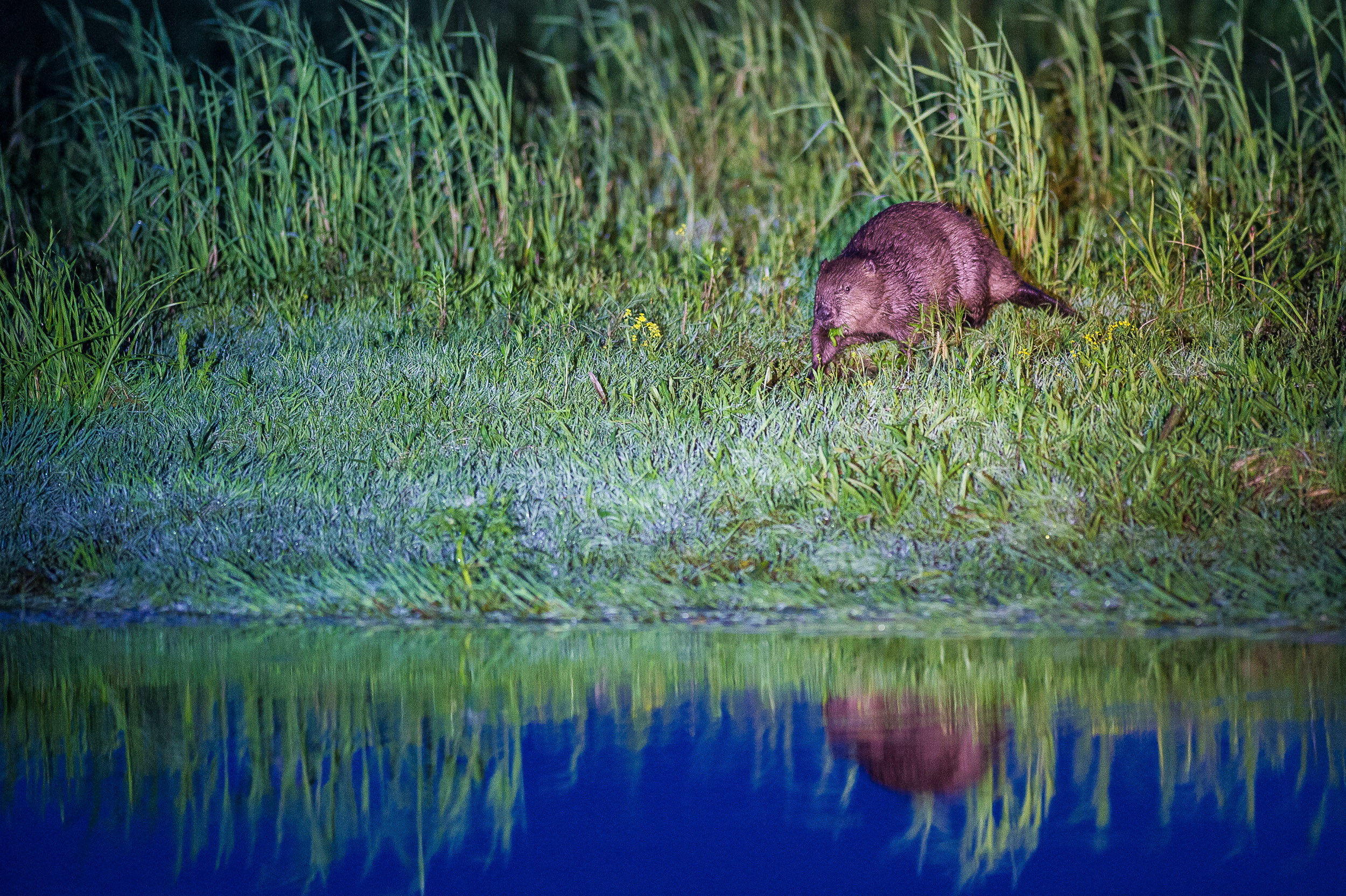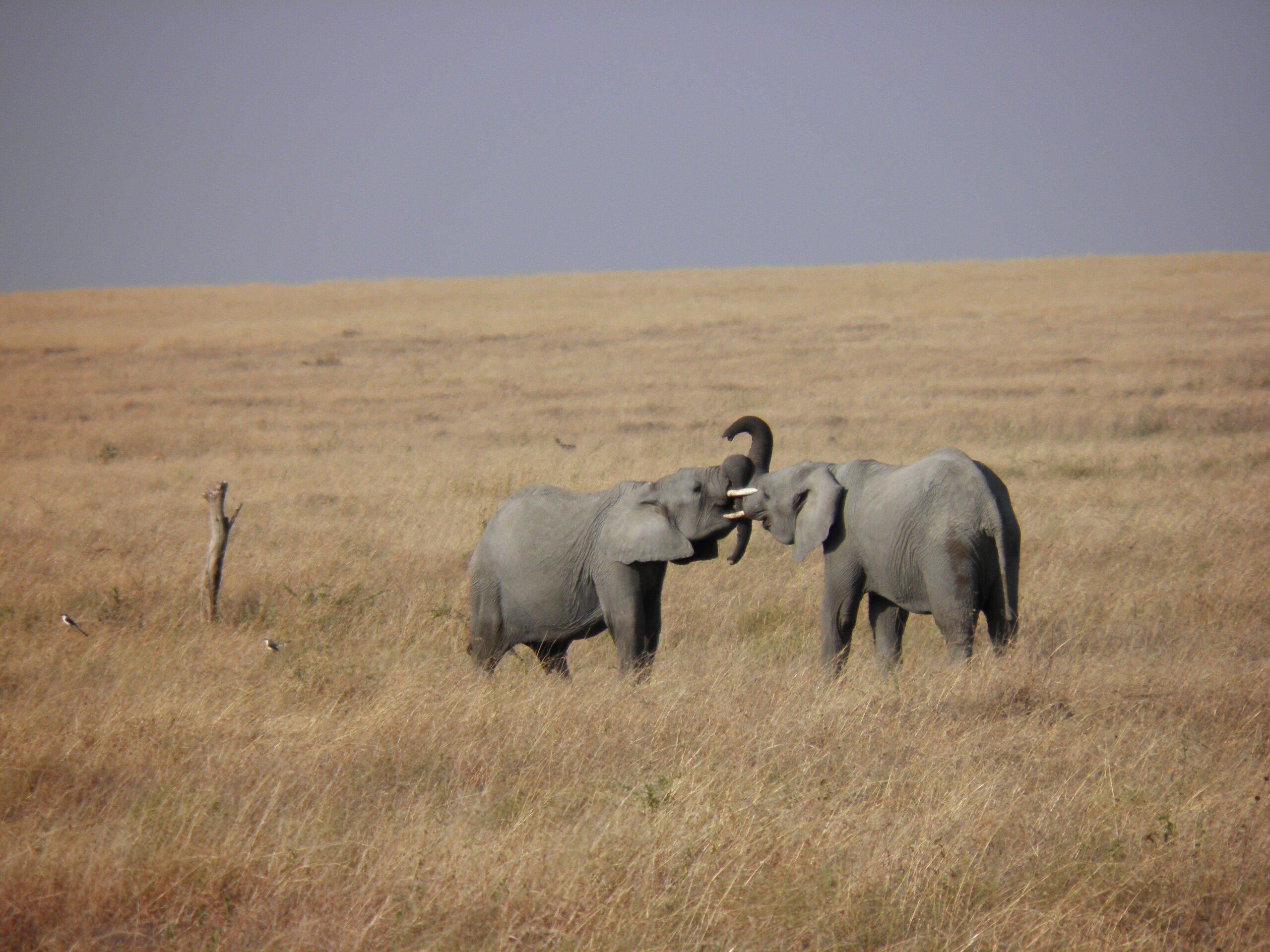WETLAND
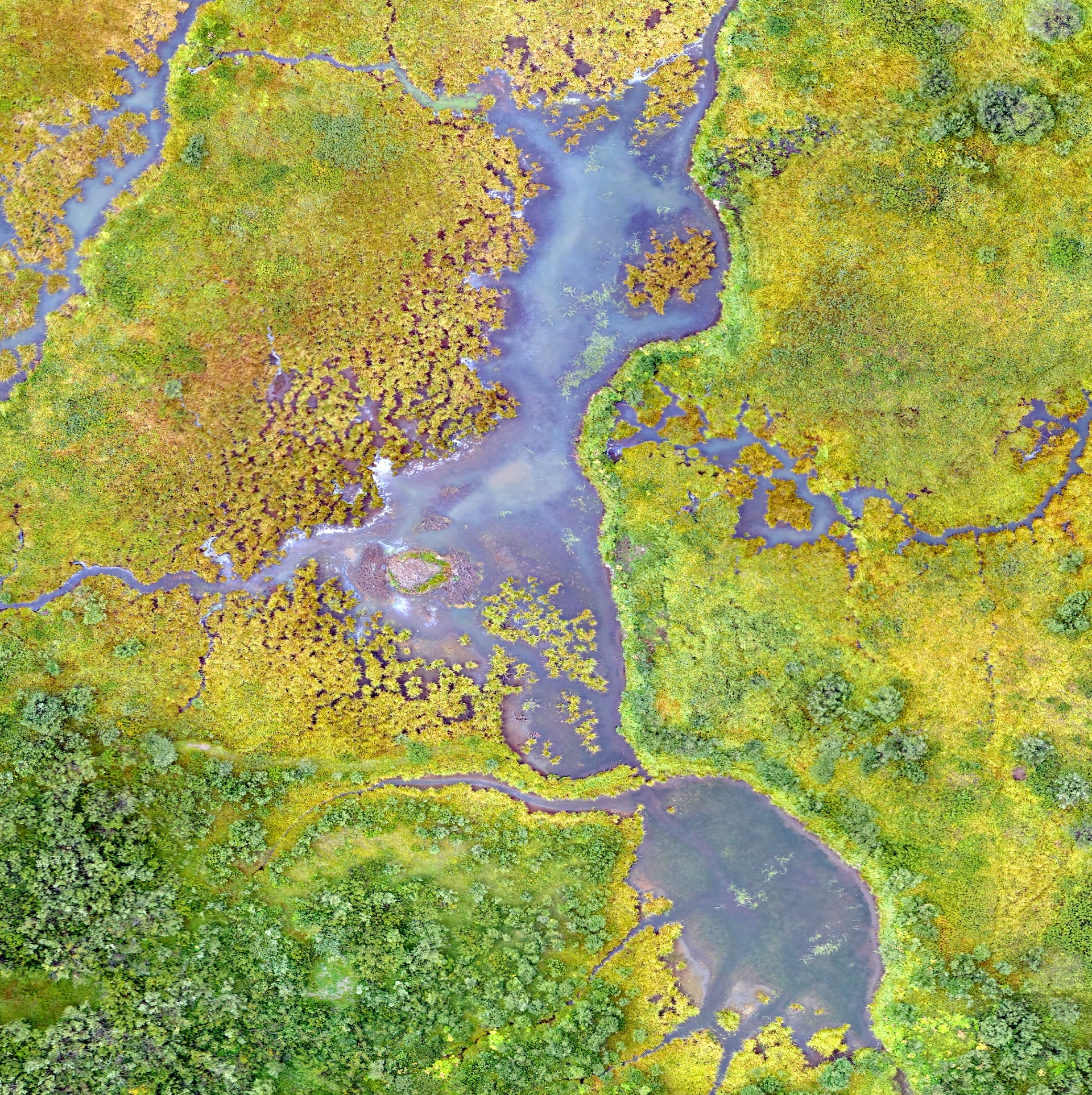
Why is it so important to protect and restore our wetlands?
One of the key functions of wetlands is their role as natural filters. Wetlands act as sponges, trapping sediments and pollutants from water runoff helping purify and maintain the health of freshwater systems. Wetlands also play a crucial role in flood regulation. They function as natural buffers against floods by absorbing and storing excess water during periods of heavy rainfall or storms. This capacity to retain and slowly release water helps prevent downstream flooding, protects nearby communities, and reduces the severity of flood events. These habitats also provide valuable resources supporting fishing and agriculture, and offer opportunities for recreational activities such as birdwatching, boating, and nature tourism, attracting visitors from around the world and contributing to local economies.


20-30%
40%
1,500
> 1 billion
How can we best support our wetlands?
Land acquisition and protection
By acquiring and preserving key land areas, we can create protected areas, wildlife corridors, and nature reserves that provide essential habitats for endangered species and contribute to the overall health of ecosystems.
Protecting/planting mangroves
Mangroves are nature’s guardians of the coastal habitat. They provide essential habitat for marine life, protect shorelines from erosion, and sequester significant amounts of carbon.
Protecting/restoring keystone species
The protection and restoration of keystone species are vital for the well-being of habitats. By ensuring their survival, we contribute to the preservation of biodiversity, promote ecological stability, and support the interconnected web of life.
Keystone species
Keystone species have a key role in the functioning of a habitat, as they have a cascading effect on other species in an ecosystem. It is crucial to protect keystone species to ensure habitats’ health. For habitat restoration purposes, it can also be beneficial to reintroduce keystone species in certain areas. Here are some of the keystone species crucial for wetlands:
Mangroves
- vulnerable
- Globally, the area of mangroves decreased by 1.04 million ha between 1990 and 2020
Beavers
- least-concern
- Stable (American beaver) or increasing (Eurasian beaver)
Elephants
- endangered
- Strongly decreasing
Feel like strengthening our wetlands together with us?
Support one of our projects.
We're saving the critically endangered Blue-throated Hillstar
- Ecuador
- GRASSLAND , WETLAND
We plant mangroves in Malindi Ungwana Bay
- Kenya
- COASTAL , WETLAND
We protect mires and peatland in Estonia
- Estonia
- WETLAND , GRASSLAND
